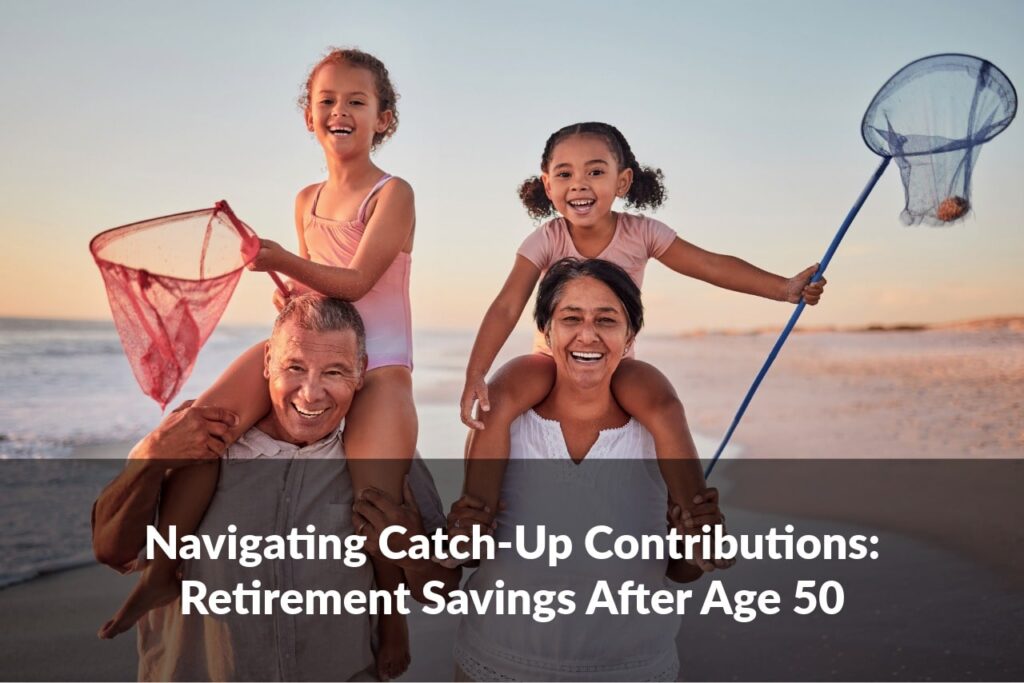Carl Richards, Director of Investor Education for the BAM Alliance, posted an article in The New York Times asking people to consider how they value their time and attention. Our attention might be the most valuable asset we have. If you were asked to spend money each time you went on social media or watched t.v., would you still do it? If you paid for your attention, would you spend your time differently?
This commentary originally appeared on August 3 on NYTimes.com.
Pay attention!
We hear this command a lot, often from parents and teachers. People want to remind us to focus on what we’re doing. But I’ve been thinking about a more literal meaning: paying with our attention.
Attention is a currency. We choose how to spend it, just like we spend our time, energy and money. Unlike money, however, there’s no way to store attention for later use. It’s a bit like time in that way; we use it or lose it.
But attention is more complex than just the time it requires. You can spend time on something and still not pay attention to it. I’ve become painfully aware of that point while spending time with my daughter but paying attention to my Twitter stream.
Based on the number of possible options, our attention might be the most in-demand asset we have to offer. We could spend 100 percent of our attention online (all day, every day), and the Internet would still serve up more clickbait begging for our attention.
So given the value of our attention, shouldn’t we pay more attention to how we spend it?
Pretend you woke up tomorrow morning and someone took all the things you now pay for with attention and switched it to money. To spend time on Facebook, you would have to enter your credit card number. To check out what your friends are doing on Instagram, you would need to pull out that card again. How much time would you spend on Twitter then?
Social media is an easy target, but it provides a great example of how we don’t associate our attention with a cost. We think of certain things as being free, but if it requires our attention, we’re paying a price of sorts. What item on our to-do list didn’t we complete because we spent an hour on Facebook? Did we miss an opportunity to spend time, in person, with a friend? Did we pass up the chance to take a continuing education course that we needed to stay current at work? Did we miss an important appointment because we lost track of time? I understand how simple this concept sounds, but in practice, we don’t always realize we’re making a trade.
Over the next week, I challenge you to ask one question before you do anything that seems free: If I had to pay $20 to do this, would I still do it? The price is high enough to make you think, but low enough that if you really want to do something, you’ll feel comfortable saying “yes.”
Then, see what happens. What items make you hesitate? What activities feel even more valuable? The goal is to pause for just a moment and ask what our attention is really worth.











